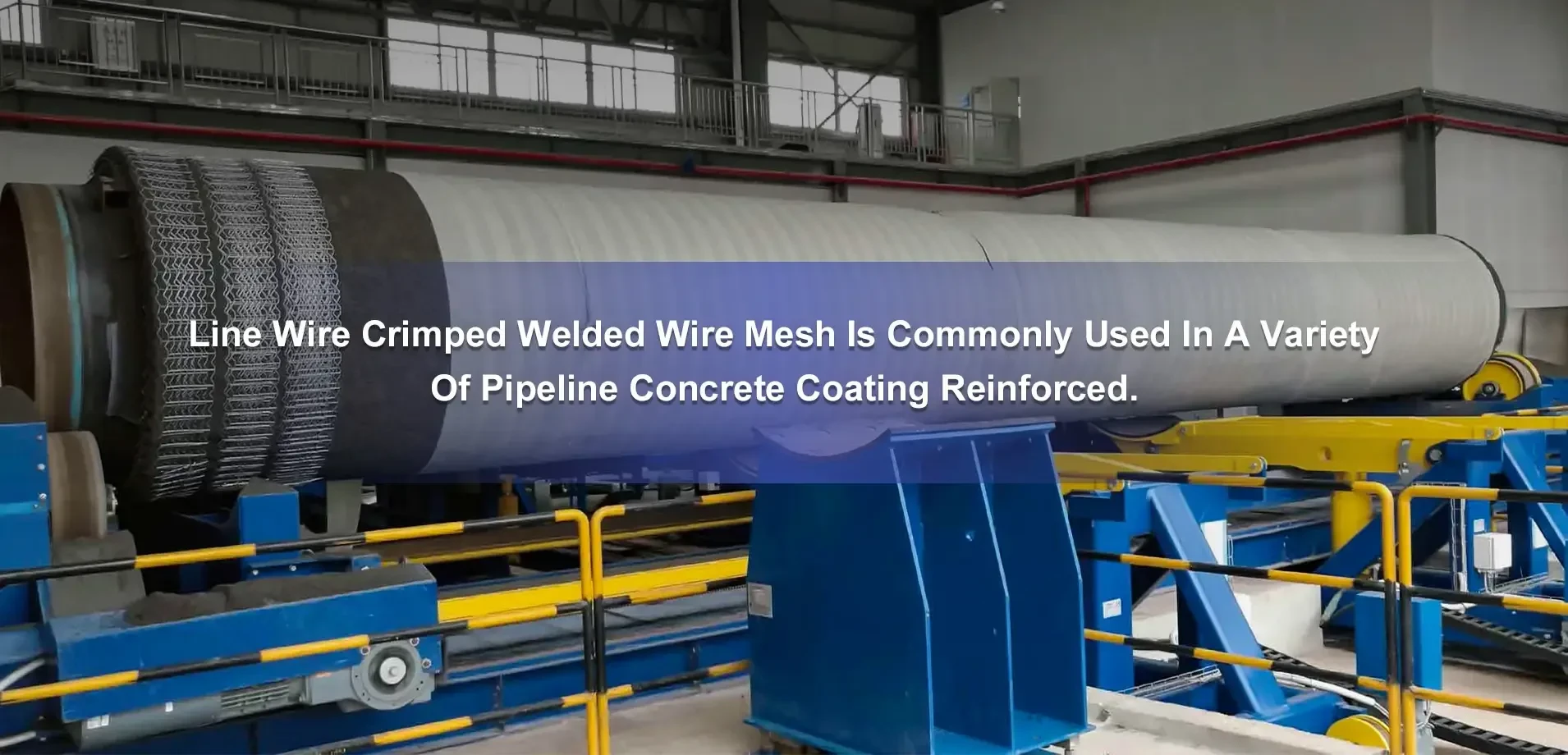- Industrial zone, South of Anping Town, Hengshui, Hebei, China.
- sales@hfpetromesh.com
- +86-18931809706
Galvanized Steel Grate Panels for Durable and Versatile Applications in Various Industries
The Versatility and Benefits of Galvanized Steel Grate Panels
In modern construction and industrial applications, the choice of materials can significantly impact the durability, safety, and functionality of structures. Among various materials available, galvanized steel grate panels stand out due to their unique characteristics and advantages. These panels are not only practical but also offer a versatile solution for a wide array of applications, from flooring to drainage systems, enhancing both industrial efficiency and aesthetic appeal.
Understanding Galvanized Steel
Galvanized steel is steel that has been coated with a layer of zinc to protect it from corrosion and rust. This galvanization process involves hot-dipping or electroplating the steel, creating a resilient barrier against environmental factors that can lead to deterioration over time. By utilizing galvanized steel in grate panels, manufacturers provide a product that can withstand harsh conditions, including exposure to moisture, chemicals, and physical wear, making it ideal for use in various industrial environments.
Applications of Galvanized Steel Grate Panels
1. Industrial Flooring In factories and warehouses, where heavy machinery operates and heavy loads are transported, galvanized steel grate panels serve as sturdy flooring solutions. Their open design allows for excellent ventilation and drainage, reducing the risk of moisture accumulation and ensuring safety in the workplace.
2. Walkways and Platforms Whether in outdoor settings or industrial facilities, these panels can be used to create secure walkways and platforms. The slip-resistant surface of the galvanized steel provides safety for personnel navigating potentially hazardous environments.
3. Drainage Systems Galvanized steel grate panels are also widely used in drainage systems, providing effective solutions for managing water runoff in both urban and rural settings. They allow for water to flow freely while preventing larger debris from clogging drainage channels.
4. Architectural Features Beyond their industrial usage, galvanized steel grate panels are finding their way into more innovative architectural designs. Their sleek and modern look can be utilized in facades, barrier systems, and other aesthetic applications, blending functionality with visual appeal.
galvanized steel grate panels

Advantages of Galvanized Steel Grate Panels
1. Corrosion Resistance The primary advantage of galvanized steel is its resistance to corrosion. This quality ensures that grate panels maintain their structural integrity and appearance over time, even in challenging weather conditions.
2. Durability Galvanized steel is incredibly strong, making it capable of bearing substantial loads without deformation. This durability is vital in high-traffic areas where the potential for wear and tear is significant.
3. Low Maintenance Due to their resistance to rust and deterioration, galvanized steel grate panels require minimal maintenance compared to other materials. This lower maintenance requirement translates into cost savings in the long run.
4. Recyclability In today’s environmentally conscious society, the recyclability of materials is paramount. Galvanized steel can be repurposed without losing its properties, contributing to sustainability efforts.
5. Cost-Effectiveness While the initial investment may be higher than other options, the long lifespan and durability of galvanized steel grate panels make them a cost-effective solution over time.
Conclusion
Galvanized steel grate panels represent a brilliant fusion of strength, versatility, and aesthetic appeal. Their robust performance in a variety of applications, coupled with their resistance to corrosion and low maintenance needs, positions them as a preferred choice across multiple industries. As construction and architectural designs continue to evolve, galvanized steel will undoubtedly remain at the forefront, offering solutions that enhance both functionality and visual impact. Whether for industrial use, safety applications, or unique architectural designs, galvanized steel grate panels are an invaluable component of modern infrastructure.
-
The Power of Pyramid Shaker Screen - A 3-Dimensional SolutionNewsOct.24,2024
-
Exploring the Versatility and Durability of Steel GratingNewsOct.24,2024
-
Revolutionizing Drilling Efficiency with Steel Frame Shaker Screens for Mud Shale ShakersNewsOct.24,2024
-
Potential of Shale Shaker ScreensNewsOct.24,2024
-
Offshore Pipeline Counterweight Welded Mesh - Reinforced Mesh in Marine EngineeringNewsOct.24,2024
-
Revolutionizing Offshore Pipeline Stability with Concrete Weight Coating MeshNewsOct.24,2024
